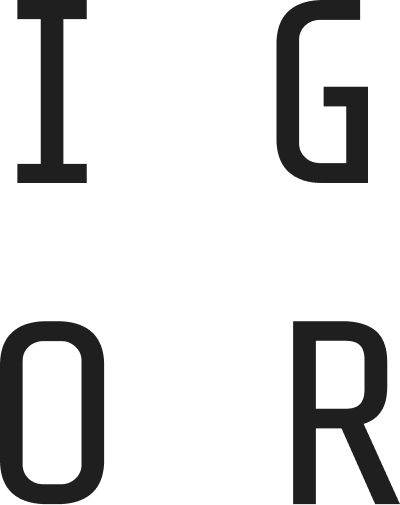
Process
PLANNING
Throughout the planning phase, an in depth understanding of the client’s business is reached.
Common practices: Stakeholder readouts, outcome oriented product roadmaps, and business model lean canvas.
FRAMING
In the framing phase, business and user needs are prioritized, decisions are made on product features, and the product is visually framed using sketches and prototypes.
Common practices: Affinity diagramming, user personas, journey mapping, sketching, prototyping, and user testing.
DISCOVERY
During the discovery phase, various research methods are used to capture a deeper understanding of the business case and product users.
Common practices: Competitive analysis, contextual user inquiries, surveys, heuristic evaluation, and interviews with stakeholders, users, and SMEs.
OUTCOME EXPECTATIONS
Common outcome expectations include: a shared understanding of the business, reduced product risk with validated product concepts, definition of the project’s minimum viable product (MVP), and a prioritized list of features for development.
“Igor possesses a strong understanding of the UX process and has demonstrated strong project management skills in regards to his work. His enthusiasm and proficiency for design has a notable impact on his work and team, making him a valuable resource to any organization.”

Approach
USER-CENTERED DESIGN
I consider user needs from the very beginning of the product cycle, and validate my assumptions about user behaviors and problems. In this way, I design the product around how the user can, wants, or needs to use the product rather than seeking to change the users’ behaviors to fit the product.
Common practices: Formative, generative and summative research.
AGILE TEAM ENVIRONMENT
I focus on working with agile teams that are quick, flexible, and respond to change without sacrificing quality. By working collaboratively with stakeholders, developers, and users through a process of continuous requirement changes and user validation, my team is able to deliver digital products fast.
Common practices: Expecting changes in requirements, shared vision, frequent communication, small and frequent releases.
LEAN APPROACH
User feedback is vital to ensure my team doesn’t build products that users don’t want – during product development, I investigate and validate assumptions about what users really need, and answer those needs with as little time, effort, and money as possible.
Common practices: Minimum Viable Product (MVP), actionable metrics, pivot or persevere, build-measure-learn cycles, lean business canvas.
ONGOING OPTIMIZATION
Having a unified partnership within cross-functioning teams throughout the design process, builds a productive work environment that supports rapid prototyping and ongoing user validation to continuously refine and improve product solutions.
Common practices: Data analysis matrix, future enhancement plan, measuring user engagement.
“It has been a great pleasure working with Igor on a large, complex, project that was on a short timeline. He took on the very difficult challenge of simplifying very complex, domain-specific, workflows to deliver a simple, intuitive, yet powerful, user experience. He was focused, asked the right questions, gathered the proper requirements, and produced great deliverables at each stage of the product life-cycle.”


